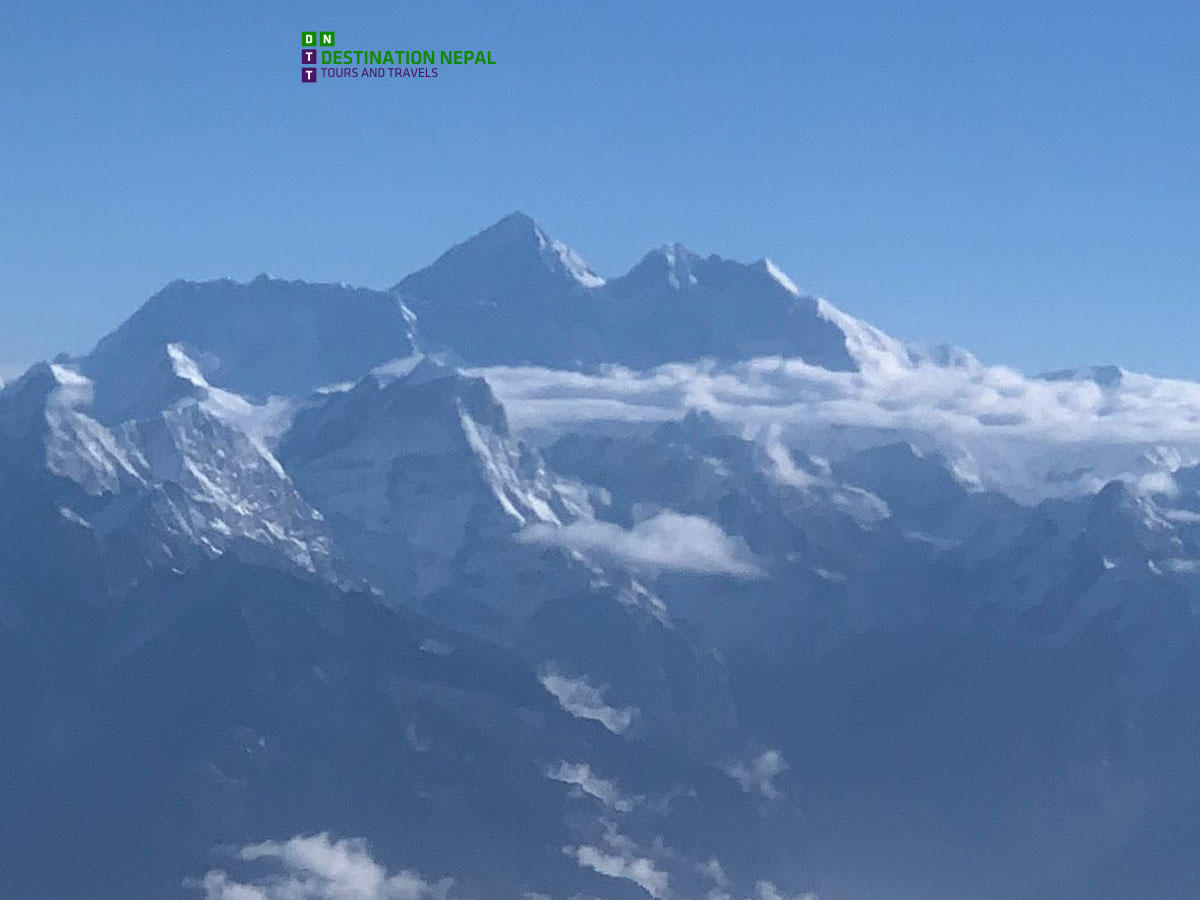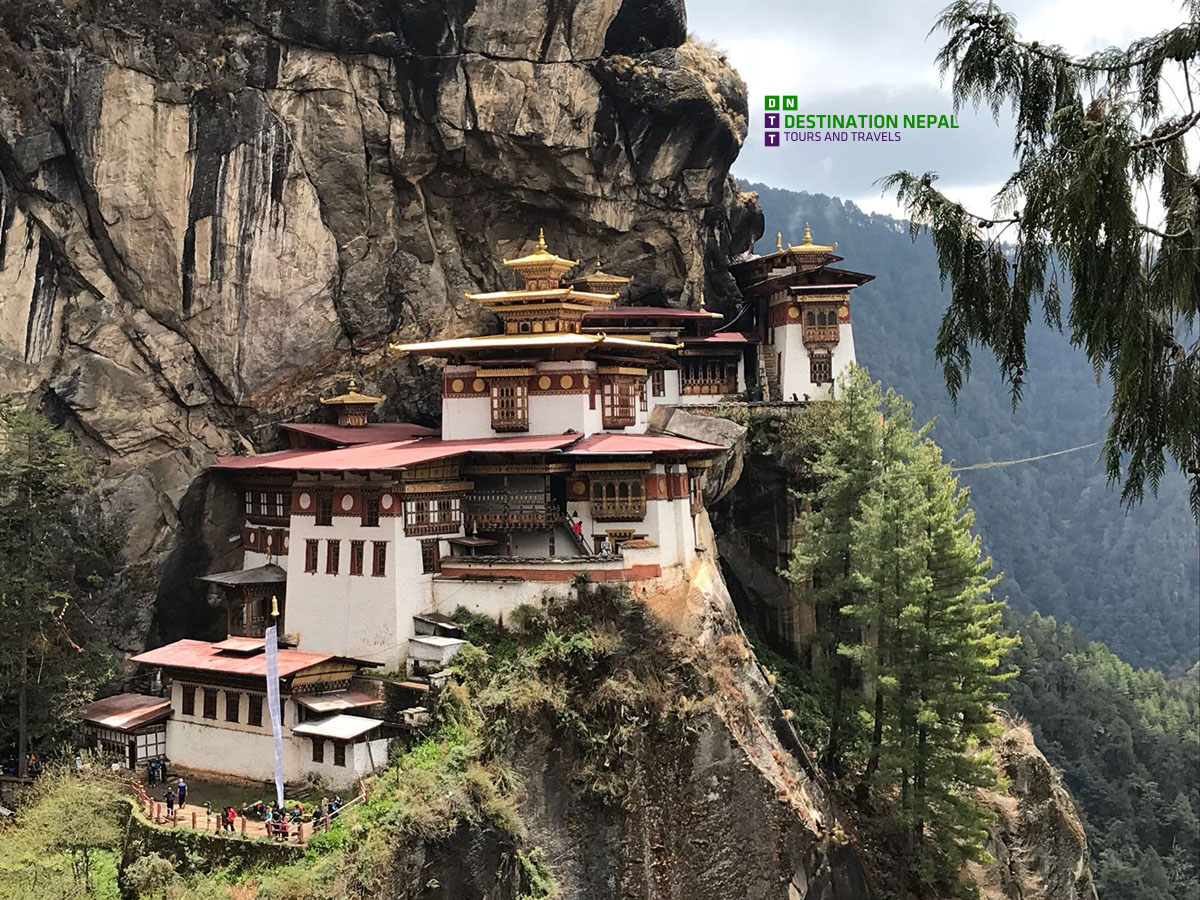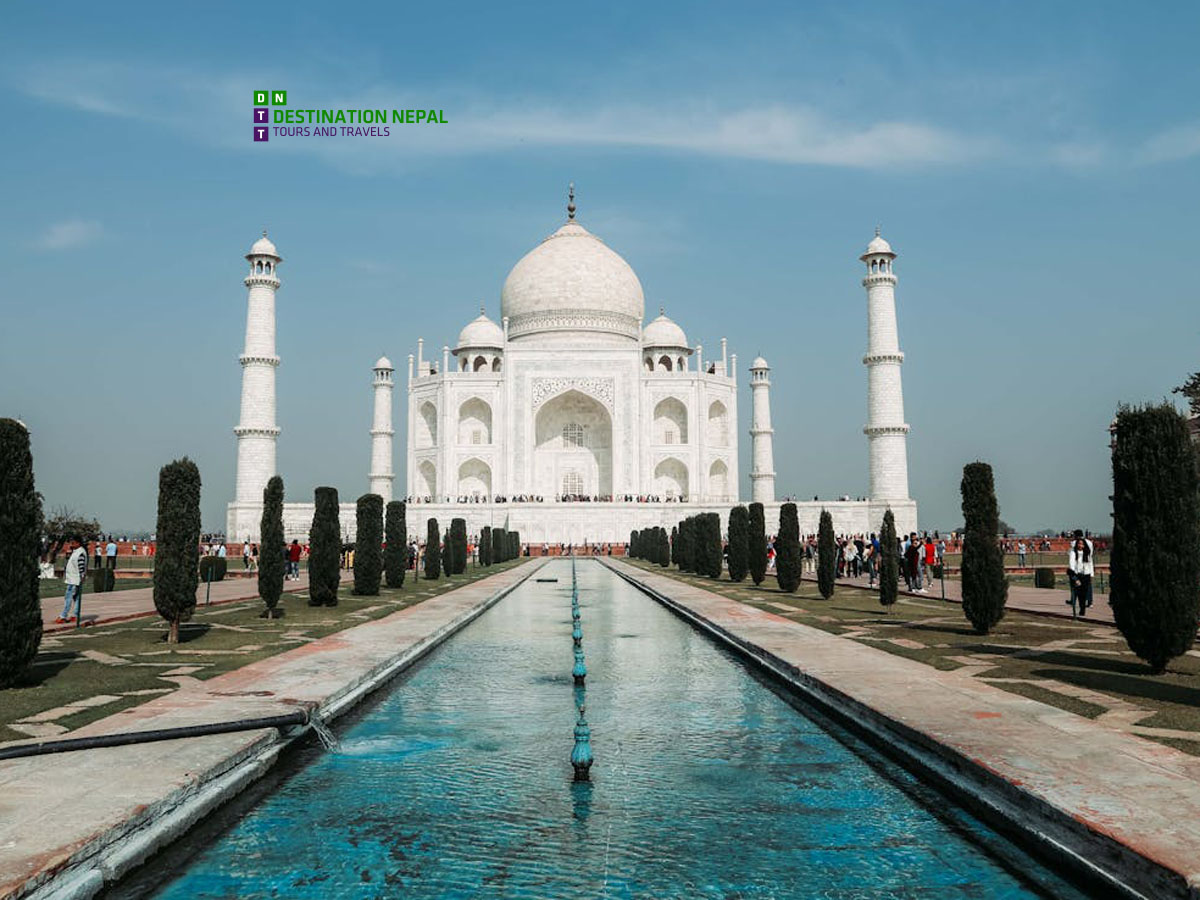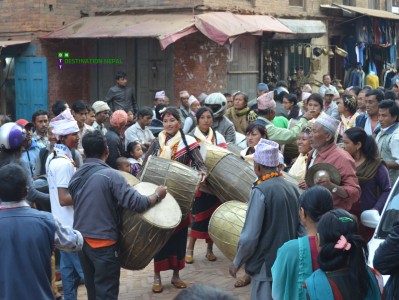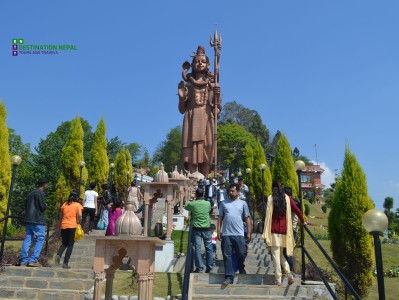Video Gallery
Doleshwor Mahadev Temple
Nestled in the serene hills of Bhaktapur, Doleshwor Mahadev Temple is a prominent Hindu pilgrimage site that attracts devotees and tourists alike. Dedicated to Lord Shiva, this sacred temple holds significant spiritual and cultural importance in Nepal. As a key destination for religious tourism in Nepal, Doleshwor Mahadev Temple offers a unique glimpse into the rich traditions and spiritual heritage of the region.
Historical Significance
Doleshwor Mahadev Temple is believed to be one of the five major Shiva temples in Nepal. According to local legends, it is said to be the head of the famous Pashupatinath Temple, which is located in Kathmandu. This connection adds to its importance as a site of worship, drawing pilgrims seeking blessings from Lord Shiva. The temple is steeped in history, with many tales surrounding its establishment and the rituals performed here. It is also associated with various local festivals and celebrations, which enhance its cultural relevance.
Architecture and Environment
The architecture of Doleshwor Mahadev Temple is a beautiful representation of traditional Nepali design. The temple is constructed with intricately carved wood and stone, showcasing the craftsmanship that is characteristic of ancient temples in Nepal. Surrounded by lush greenery and the soothing sounds of nature, Doleshwor Mahadev Temple offers a peaceful retreat away from the hustle and bustle of city life. The site is often visited for its tranquil environment, making it an ideal place for meditation and reflection.
Spiritual Practices and Festivals
Doleshwor Mahadev Temple is not only a place of worship but also a center for various religious practices. Devotees come here to perform rituals, offer prayers, and seek blessings for prosperity and peace. The temple witnesses a significant influx of visitors during festivals, especially during Mahashivaratri, when thousands gather to honor Lord Shiva. Special poojas (rituals) and ceremonies are conducted, creating a vibrant atmosphere filled with devotion and spirituality.
Accessibility and Visiting Information
Located just a short drive from Bhaktapur Durbar Square, Doleshwor Mahadev Temple is easily accessible for both locals and tourists. The journey to the temple provides a scenic view of the surrounding hills and valleys, making it a pleasant experience for visitors. There are several transport options available, including private vehicles and local taxis. For those who enjoy trekking, the hike to the temple offers an opportunity to explore the natural beauty of the Kathmandu Valley.
Conclusion
Doleshwor Mahadev Temple stands as a testament to the rich spiritual and cultural heritage of Nepal. It is a must-visit destination for anyone exploring the Kathmandu Valley. With its historical significance, stunning architecture, and serene environment, the temple provides a unique experience for both devotees and tourists. Whether you are seeking spiritual enlightenment or simply wish to enjoy the beauty of the surroundings, Doleshwor Mahadev Temple is a remarkable place to visit. Embrace the divine presence and immerse yourself in the spiritual aura that this sacred site has to offer.
The best time to visit Doleshwor Mahadev Temple in Nepal is during the cooler months, specifically from October to November and February to April. Here’s a breakdown of these periods:
October to November:
- This period marks the end of the monsoon season, resulting in clear skies and pleasant temperatures.
- The festival of Dashain often falls in October, attracting many devotees to the temple.
February to April:
- These months offer mild weather, making it comfortable for outdoor activities and exploring the surrounding areas.
- Mahashivaratri, a major festival dedicated to Lord Shiva, usually occurs in February or March, drawing large crowds to Doleshwor Mahadev Temple.
Additional Considerations:
- Monsoon Season (June to September): This season sees heavy rainfall, which can make travel difficult and may deter visitors.
- Winter Months (December to January): While the weather is chilly, the temple remains open, and fewer crowds can be an advantage if you prefer a quieter experience.
